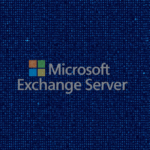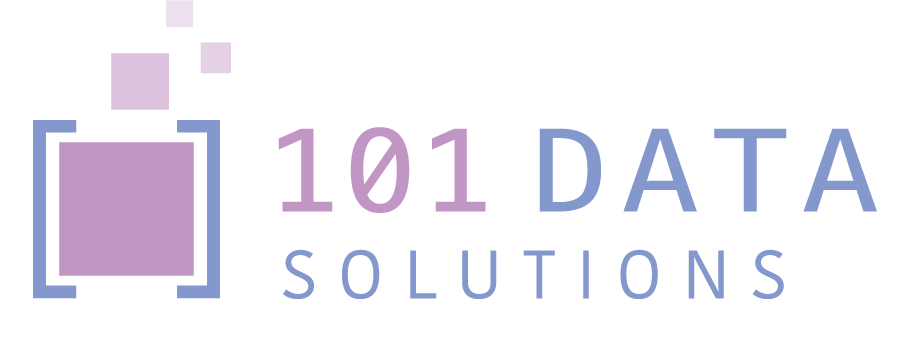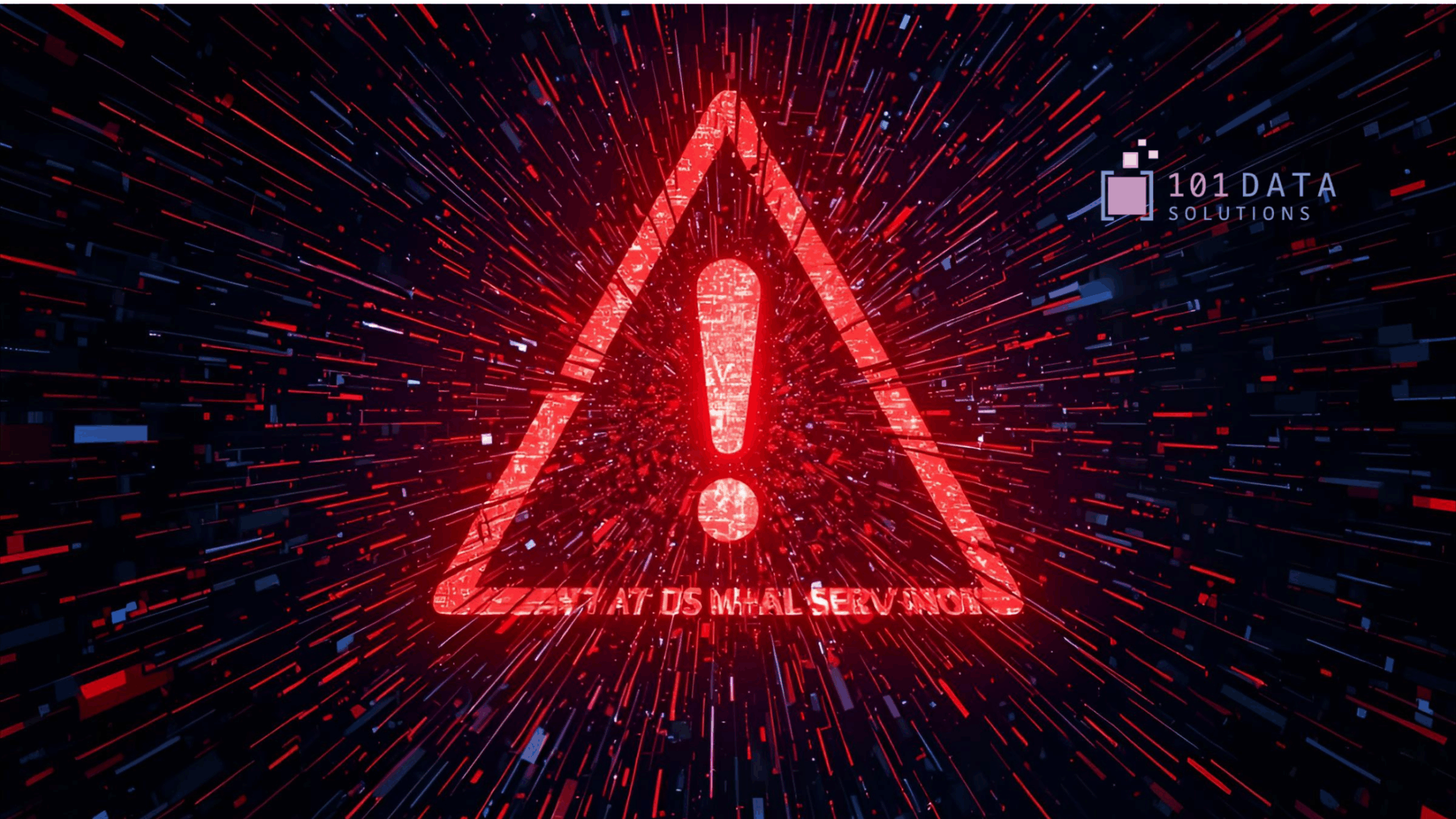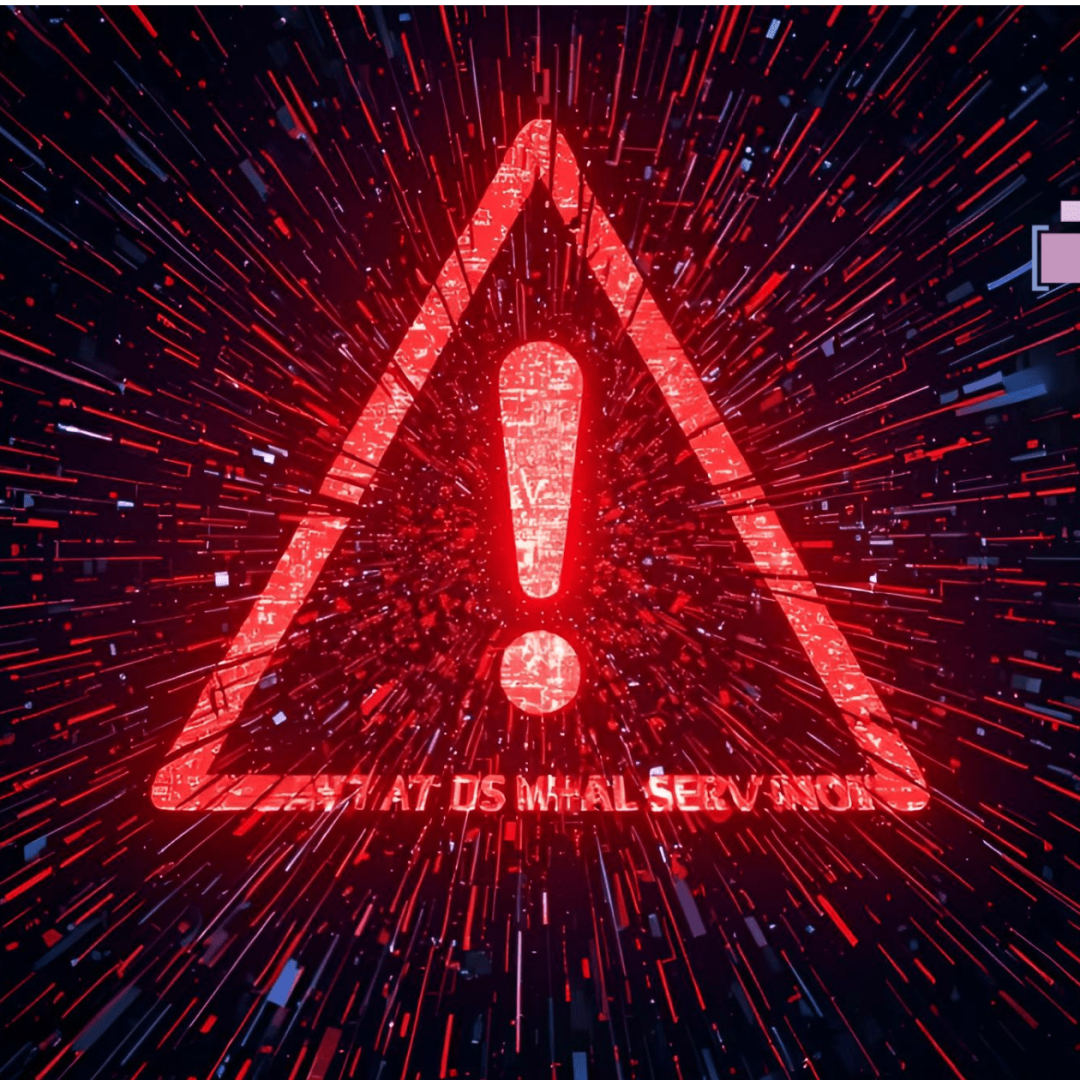In a serious alert to organisations worldwide, four major cybersecurity agencies the Cybersecurity & Infrastructure Security Agency (CISA), the National Security Agency (NSA), Australian Cyber Security Centre (ACSC) and the Canadian Centre for Cyber Security (CCCS) jointly published emergency guidance for organisations still using on-premises Microsoft Exchange Server.
If your business still relies on legacy Exchange Server deployments, this should raise alarm bells.
What the alert says
The joint guidance highlights that Exchange appears in CISA’s Known Exploited Vulnerabilities catalog 16 times since 2021 with 12 of those vulnerabilities actively used in ransomware campaigns.
Organisations running versions that have reached end-of-life (EOL) are at significantly higher risk. Microsoft ended mainstream support for older Exchange versions on 14 October.
The agencies emphasise three key defence measures: strong user authentication (multi-factor), TLS/network encryption, and minimising the attack surface.
The guidance notes that even if you have a hybrid environment (on-prem + cloud), just one outdated Exchange server can expose the entire environment.
The recommended “next step” is immediate: apply any out-of-band patches, decommission old servers, evaluate moving to cloud-based email platforms rather than maintain complex on-prem communications infrastructure.

Why this matters for you
For law firms, consultancies, small businesses or indeed any organisation with compliance obligations, the messaging is clear: you cannot afford to leave your email/communications platform in a vulnerable state. Here are what the risks look like in practical terms:
A compromised Exchange server could lead to data exfiltration, ransomware, reputation damage and regulatory fines.
Legacy systems often lack security updates, so the longer you wait the greater the risk exposure.
Hybrid setups sometimes give a false sense of security. You may rely on cloud protections—but if one on-prem server is weak, attackers can exploit it as a stepping-stone.
From a cost/effort perspective, trying to maintain, patch and secure EOL systems is typically less efficient (and more risky) than migrating to a modern, supported platform.
What you should do now
Here is a high-level checklist we recommend based on the guidance and best practices:
Audit your environment
Identify if you are still running any on-premises Exchange servers (or hybrid).
Confirm whether they’re supported (version, patches, updates).
Apply immediate patches / mitigations
If you rely on on-prem Exchange, ensure you have the latest cumulative updates and emergency patches applied.
Enable MFA, enforce TLS encryption and reduce unnecessary servers/services.
Decommission or upgrade EOL servers
Servers beyond support must either be upgraded (to a supported edition) or decommissioned.
Remove as much on-prem overhead as possible.
Consider migration to cloud-native email / unified communications
A move to a modern cloud email service offers improved security, lower operational burden and better alignment with business continuity.
Evaluate timing, cost, risks and business impact.
Plan for ongoing management & monitoring
Even after migration, ensure you have visibility, monitoring, identity protection and incident response capabilities in place.
How 101 Data Solutions can help
At 101 Data Solutions we specialise in helping organisations navigate exactly these kinds of transitions. Whether you’re running on-prem Exchange, a hybrid setup, or looking at fully moving to a cloud-native solution, we can support you every step of the way:
Assessment & audit of your current Exchange/e-mail environment
Migration planning, including business impact analysis, stakeholder alignment and roadmap development
Execution & implementation, including move-to-cloud services (e.g., Microsoft 365/Exchange Online), data-migration, cut-over support and post-migrate validation
Ongoing managed service & support, so you don’t just migrate once and forget you continue to align with best practice security, patches and monitoring
If you’re still operating legacy Exchange servers or simply want peace of mind that your communications infrastructure is secure, supported and efficient let’s talk.
Contact 101 Data Solutions today and we’ll guide you through a full migration roadmap that minimises risk, protects your business and positions you for future growth.
Final thoughts
The recent alert from global cybersecurity agencies is not just a “tick-box” moment, it’s a clear call to action. If your organisation still has on-premises Exchange infrastructure, you’re effectively operating with a known weak link. Instead of waiting for “when” a breach happens, it’s time to ask “how fast” you’ll address it.
At 101 Data Solutions we believe in empowering organisations to make secure, strategic decisions about their infrastructure not just in the here-and-now, but with an eye on what comes next. Don’t wait until the fire alarm sounds: act now, migrate smart, and elevate your communications platform.



